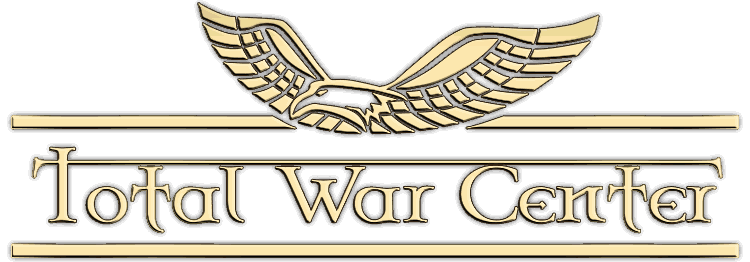Now we come to speak of Albania, which, on its southern side, is right next to Greece and is situated between Rascia and the land of the Despot (2). Albania is a rather extensive and large region. It has warlike inhabitants indeed, for they make excellent archers and lancers. This whole region is fed by four large rivers: the Ersenta (Erzen), the Mathia (Mat), the Scumpino (Shkumbin) and the Epasa (Osum). The land is productive in meat, cheese and milk; it is not very abundant in bread and wine, though the nobles in particular have enough. They do not have cities, camps, fortifications and farms, but live rather in tents and are constantly on the move from one place to another with the help of their troops and relatives. They do have one city called Duracium (Durrės) which belongs to the Latins and from which they get textiles and other necessities. The Prince of Tarento, son of the King of Sicily (3), now holds sway over part of this kingdom including the city of Durrės. It was the free will of the landowners who, on account of their natural love for the French, spontaneously and freely received him as their lord (4). From Apulia and the city of Brindisi one may cross over to Durrės in one night, and from Durrės one may travel on through Albania to Greece and to Constantinople much more easily and without all the road difficulties and perils of the sea. The Roman emperors of ancient times used this route (5) for it is excessively tedious to transport a large army in such a period of time by sea and by such long roads. The said kingdom of Albania now has no king, the land being divided among the landowners who rule it themselves and who are subject to no one else. This province is called Albania because the inhabitants of this region are born with white (
albo) hair. The dogs here are of a huge size (6) and are so wild that they kill like lions. As Pliny mentions, the Albanians sent such a dog to Alexander the Great, which vanquished lions, elephants and bulls in the stadium. They have painted eyes, greyish in the pupils, such that they can see better at night than in the daytime. There are two Albanias, one in Asia near India of which we are not speaking here, and the other in Europe which is part of the Byzantine Empire and of which we are speaking here. It contains two provinces: Clisara (Kėlcyra) and Tumurist (7). In addition to these two provinces, it has other provinces next to it: Cumania (8), Stophanatum (9), Polatum (Pult) and Debre (Dibra) which are provinces tributary to the Albanians and more or less subjected to them, for they are active in farming, tend their vineyards and take care of the necessities of life at home. The inhabitants of these provinces do not move from place to place as the aformentioned Albanians do, but live rather in solid mansions and towns, nor are they entirely Catholic or entirely schismatic. Should anyone preach the word of God to them, they would pretend to be true Catholics for it is reported that by nature they have a liking for the Latins. The aforementioned Albanians have a language which is distinct from that of the Latins, Greeks and Slavs such that in no way can they communicate with other peoples. This is enough on Albania.

